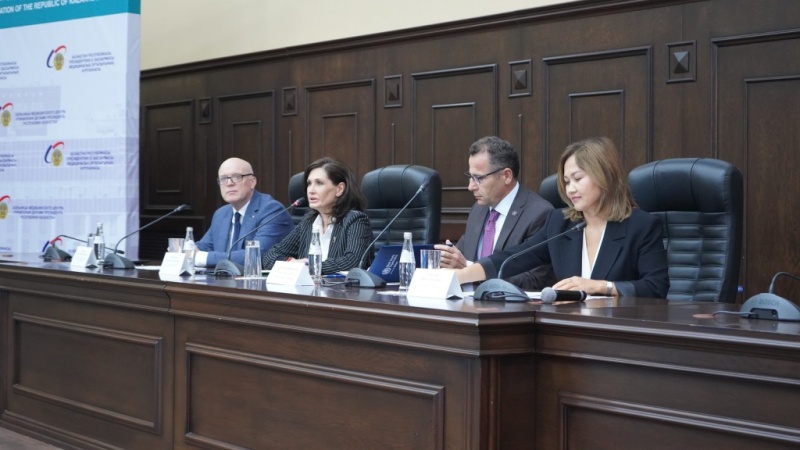
Innovative post-COVID syndrome treatment options discussed in Kazakhstan

Over the past week, Russia has again seen an increase in the incidence of COVID-19 with 11,516 cases identified[1]. According to experts, the new COVID-19 variant may not pose a serious threat, although post-COVID syndrome remains dangerous. Over the years of the COVID-19 pandemic, doctors have developed the best clinical practices and gained experience in the treatment and rehabilitation of patients with lung function impairment. Experts shared the knowledge they gained at the conference “Obstructive Pulmonary Diseases: New Horizons”, which ended in Almaty.
Galina Ignatova, Professor, Dr. habil. med., Chief External Expert in Pulmonology of the Ministry of Health of the Russian Federation in the Ural Federal District, said that after recovery, patients infected with SARS-CoV-2 were diagnosed with shortness of breath, tachypnea (rapid shallow breathing), hypoxia and pulmonary consolidation in 14% of cases[2]. Moreover, six months after discharge from the hospital, 47.1% of patients experience fatigue and shortness of breath[3].
Impaired lung function is associated with increased hyaluronic acid content in tissues, which causes swelling, inflammation and adhesion formation. According to research, hyaluronic acid decrease is a promising area in the treatment of COVID-19 and post-COVID syndrome[4].
The professor spoke about the results of the Dissolve study, which showed that the use of bovhyaluronidase azoximer positively affects the physical condition of recovered patients and helps them recuperate faster.
For reference
The Dissolve study involved 160 patients recovered from COVID-19 in 13 medical centers (9 Russian cities). One group underwent rehabilitation with Longidaza®, while the other group had follow-up without the use of the drug. After a course of Longidaza®, patients recovered faster with more pronounced improvements in forced vital capacity, exercise tolerance, shortness of breath, and oxygen saturation[5].
1https://xn--80aesfpebagmfblc0a.xn--p1ai/information/
2 Wu Z, McGoogan JM. Characteristics of and Important Lessons From the Coronavirus Disease 2019 (COVID-19) Outbreak in China: Summary of a Report of 72 314 Cases From the Chinese Center for Disease Control and Prevention. JAMA 2020;323(13):1239–1242
3Munblit D, Bobkova P, Spiridonova E, et al. Incidence and risk factors for persistent symptoms in adults previously hospitalized for COVID-19. Clin Exp Allergy. 2021; 51(9): 1107-1120. https://doi.org/10.1111/cea.13997
4Yang S, et al. Hymecromone: a clinical prescription hyaluronan inhibitor for efficiently blocking COVID-19 progression. Signal Transduct Target Ther. 2022 Mar 18;7(1):91. doi: 10.1038/s41392-022-00952-w. PMID: 35304437; PMCID: PMC8931182. https://www.nature.com/articles/s41392-022-00952-w
5 Chuchalin A.G., Yablonskiy P.K., Rubanik T.V., Chernyavskaya O.A., Naumov V.V., Korneva L.I., Kudelуa L.M., Petukhova A.Yu., Masalkina O.V., Argamakova Yu.V., Ignatova G.L., Borisov A.G., Kasyanova T.R., Suleymanova A.K. Efficacy and safety of bovhyaluronidase azoximer (Longidase) in patients with post-COVID syndrome: results of an open, prospective, controlled, comparative, multicenter clinical trial DISSOLVE. PULMONOLOGIYA. 2023;33(1):52-63. (In Russ.)


